
Cats, by nature, are predators and they continuously feed, taking every opportunity to eat. Cats don't eat much during a meal, but they eat small amounts of food. Their ordinary prey is represented by mice, shrews, other small mammals and birds.
Cats begin learning predator techniques from about three weeks of age, when the mother cat directs her kittens' playing towards productive hunting. At first, the kittens investigate the dead prey brought by their mother. Then, the mother brings them dazed prey, unable to attack or spring into action. This is the step when kittens learn to kill the prey, biting it through the nape of the neck. When the weaning process ends, mother takes her kittens for hunting the prey.
The hunting process involves patrolling home territory, a long time of calmly sitting and waiting, analyzing every sound coming from the surrounding area, and moving extremely fast when the perfect moment approaches. Then the cat approaches very slow, crouching in order to remain unseen. The pupils dilate to take advantage of all available light and the ears turn and twitch to perceive even the most insignificant sound. Then, the cat accelerates the speed and attacks its prey, grasping and leaving it without any energy to defend itself. When the prey is dazed and debilitated, the cat kills it with a bite.
The cat is designed with the perfect weapons for killing the prey - good teeth for grasping and biting, the eyes perfectly adapted to use any amount of light, and claws that remain sharp, as they are retractable. They also have an amazing athletic agility that gives them the advantage of great speed, in their prey's detriment.
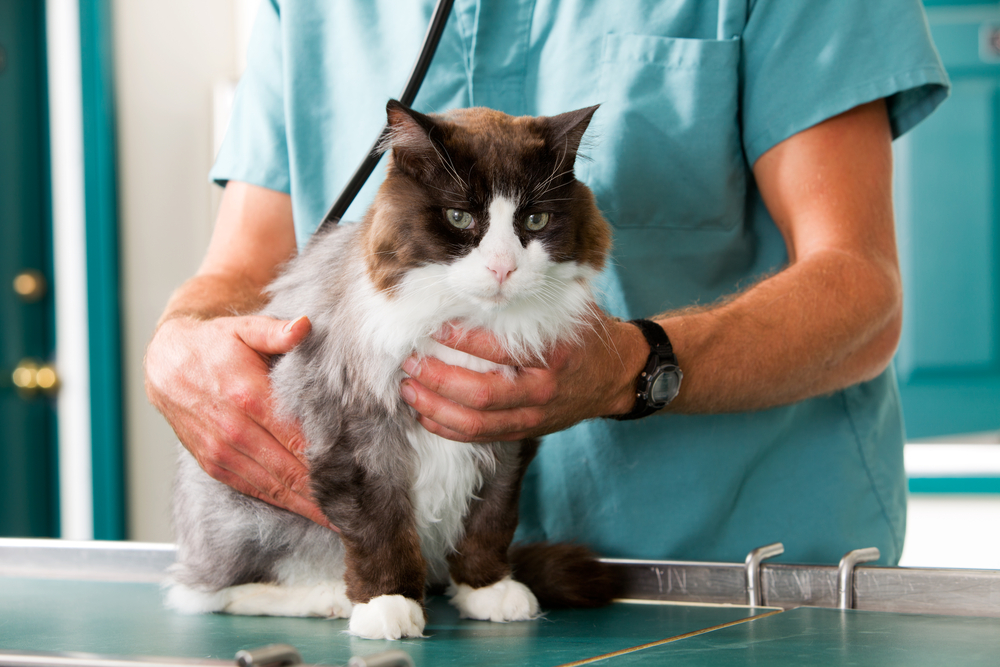 Intestinal Viral Infection (Rotavirus) in Cats
Rotavirus Infections in Cats
The rotavirus is a d
Intestinal Viral Infection (Rotavirus) in Cats
Rotavirus Infections in Cats
The rotavirus is a d
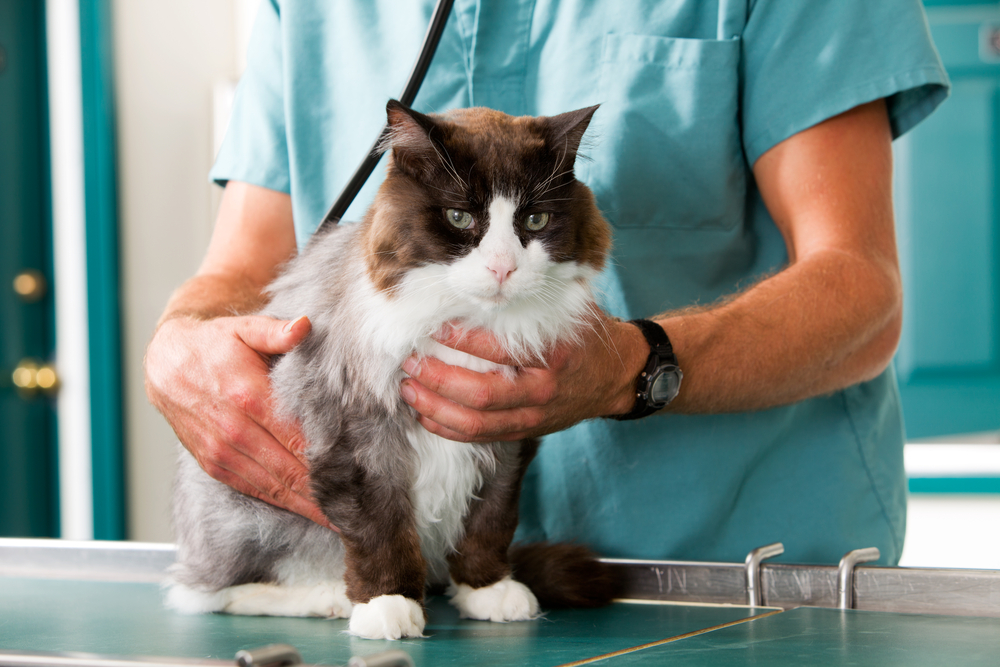 Foreign Objects Stuck in the Throat in Cats
Esophageal Obstruction in Cats
Cats often swallow
Foreign Objects Stuck in the Throat in Cats
Esophageal Obstruction in Cats
Cats often swallow
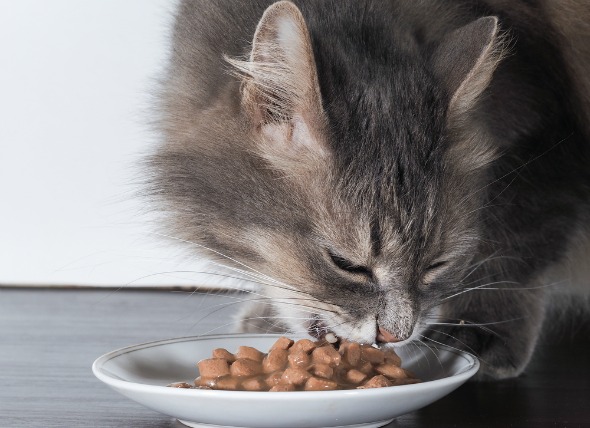 Low Blood Sugar in Cats
Hypoglycemia in Cats
The blood sugar, or glucose,
Low Blood Sugar in Cats
Hypoglycemia in Cats
The blood sugar, or glucose,
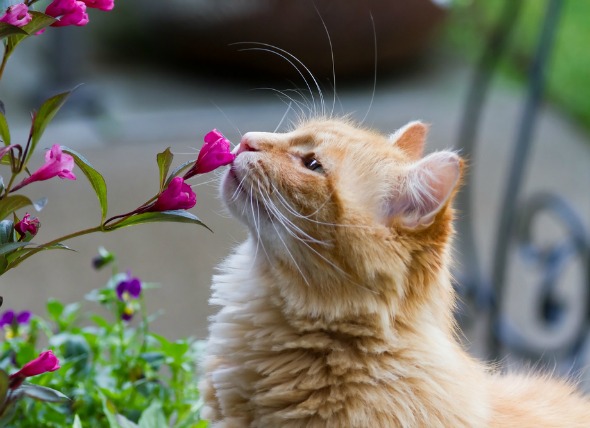 Skin Cancer (Basal Cell Tumor) in Cats
Basal Cell Tumor in Cats
Basal cell tumor is the
Skin Cancer (Basal Cell Tumor) in Cats
Basal Cell Tumor in Cats
Basal cell tumor is the
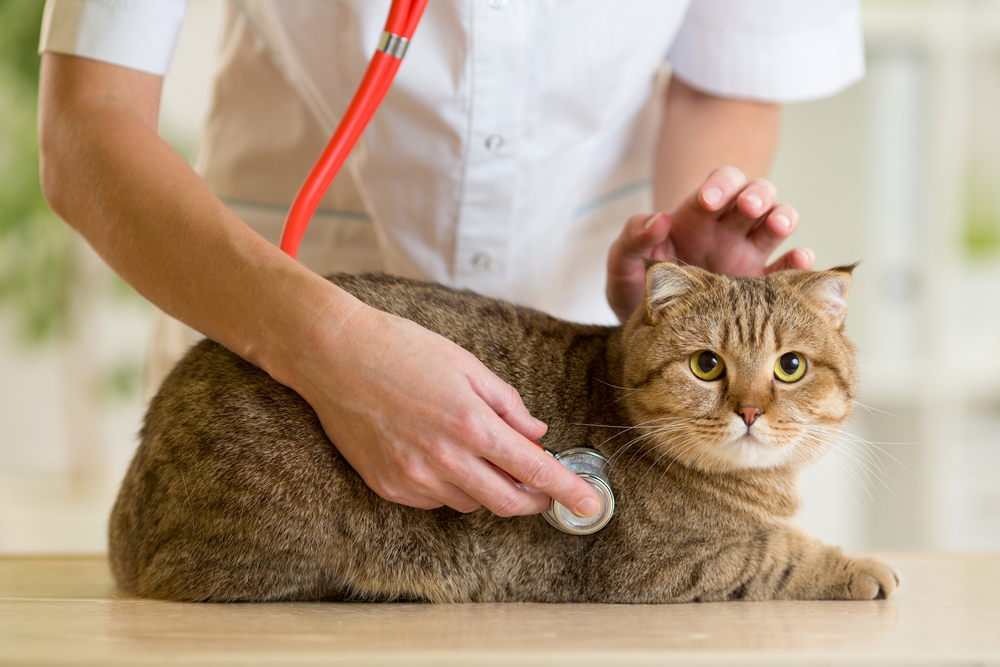 Enlarged Spleen in Cats
Splenomegaly in Cats
Splenomegaly refers to the e
Enlarged Spleen in Cats
Splenomegaly in Cats
Splenomegaly refers to the e
Copyright © 2005-2016 Pet Information All Rights Reserved
Contact us: www162date@outlook.com